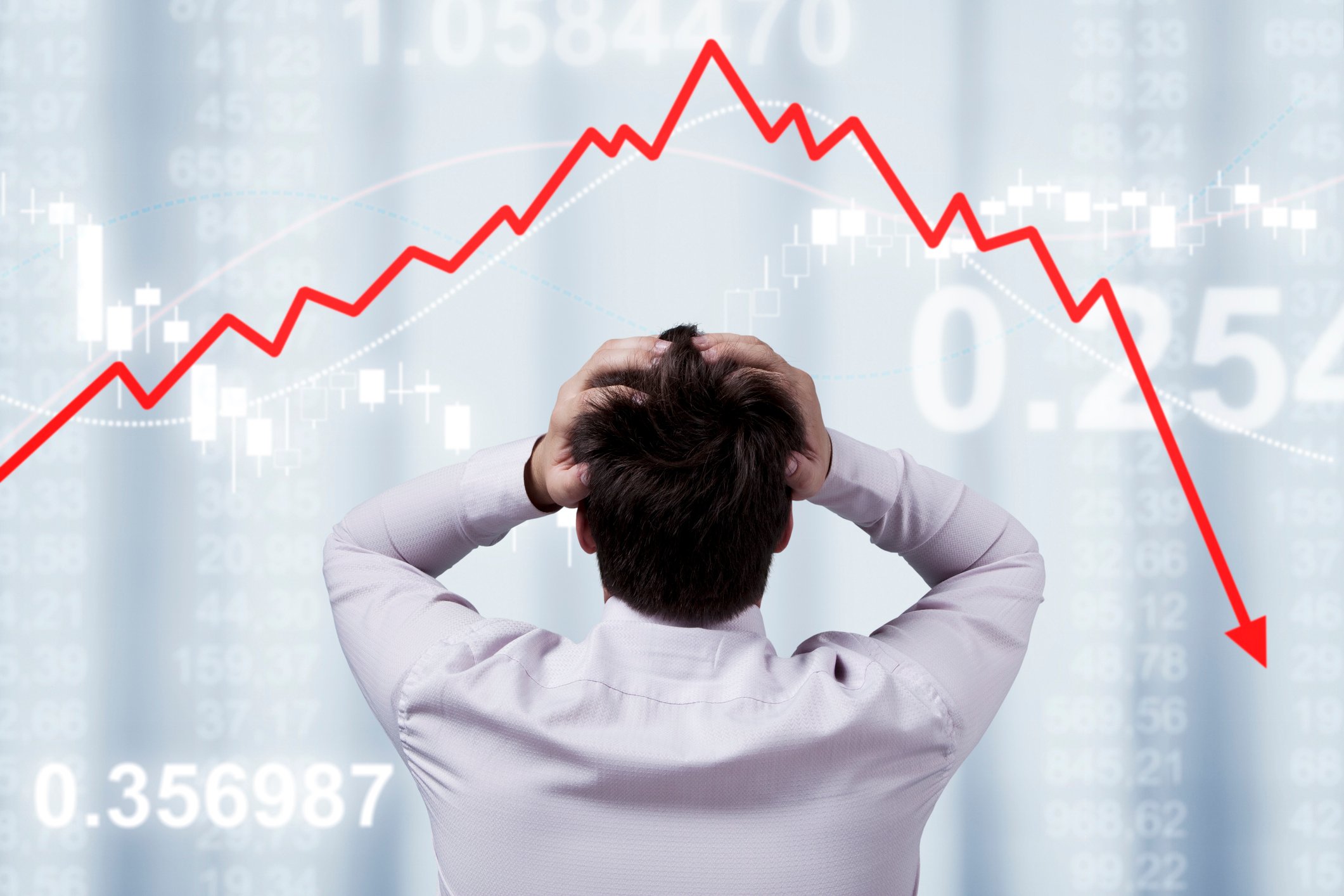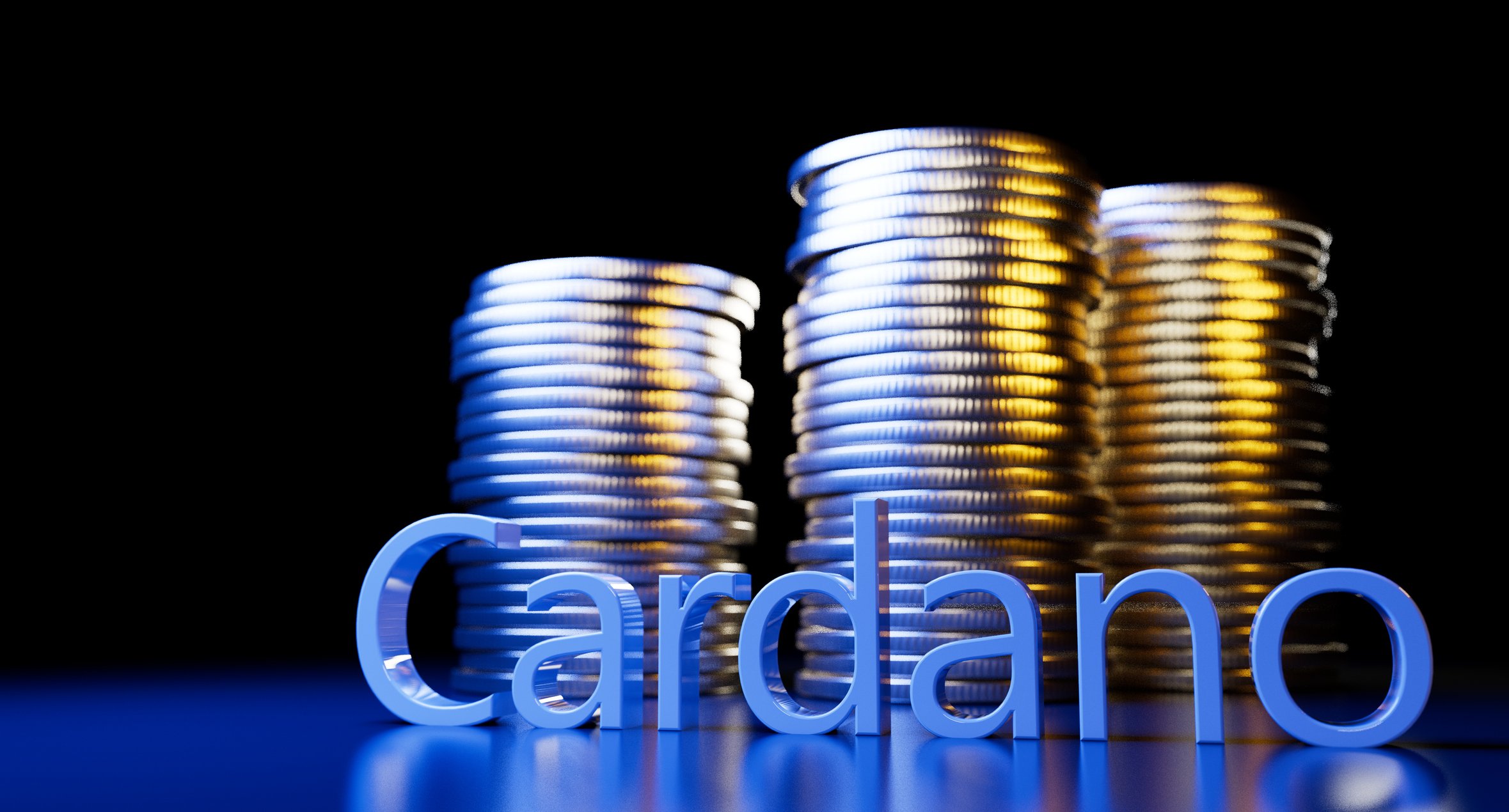In the rapidly evolving cryptocurrency landscape, it takes a lot to stand out among countless competing blockchain networks. Cardano (ADA +4.88%), launched in 2017, has transformed from a niche project into the ninth-largest cryptocurrency, boasting a $26 billion market capitalization.
Yet its remarkable rise hasn't been without challenges. Despite an impressive 56% price increase during the past year, Cardano's ADA token is down more than 40% from its 52-week high, underscoring its speculative and volatile nature. Does the recent weakness present a buying opportunity for investors, or does it signal further downside?
Let's explore where the Cardano might be in one year.

Image source: Getty Images.
What is Cardano?
Cardano is a Layer-1 blockchain, which means it operates as an independent and decentralized network that is not tied to any other cryptocurrency. It was created by Charles Hoskinson, a co-founder of Ethereum, aiming to build an improved and more advanced blockchain network, addressing Ethereum's early shortcomings, including scalability bottlenecks and governance challenges.
Cardano gained credibility through robust, research-driven development, leveraging peer-reviewed academic papers with innovative industry best practices. Unlike proof-of-work blockchains like Bitcoin, which require energy-intensive mining, Cardano employs an energy-efficient proof-of-stake (PoS) consensus mechanism, which it calls "Ouroboros," allowing users to stake their ADA tokens to help validate transactions. The result is an environmentally efficient network that prioritizes security and is estimated to use just a fraction of Bitcoin's mining energy consumption.
Cardano also has a fixed supply of 45 billion coins, designed to promote scarcity while maintaining a low per-token price, strengthening its long-term value proposition by encouraging adoption and minimizing inflation risks.
Another Cardano innovation is its layered architecture that separates transaction settlement from computation for enhanced flexibility. The latest Hydra protocol, Cardano's Layer-2 scaling solution, has handled more than 1 million transactions per second (TPS) in testing, making it one of the fastest blockchain networks. This potential makes Cardano particularly attractive for high-throughput applications like real-time smart contracts, decentralized finance (DeFi), gaming, and microtransactions. A full Hydra deployment within the next year is a catalyst for investors to watch.
Cardano is moving forward with its Midnight sidechain, a privacy-focused layer operating alongside the mainnet, which is expected to launch later this year. Midnight uses zero-knowledge proofs to offer secure, compliant smart contracts for sensitive sectors like finance and healthcare, which could help drive institutional adoption and ecosystem growth. These developments are a tailwind for the Cardano market price.

CRYPTO: ADA
Key Data Points
Intense competition
The good news for Cardano is that cryptocurrencies as an asset class are benefiting from a favorable regulatory environment. The Trump administration has adopted a strongly pro-crypto stance, forming a working group to draft clear industry regulations, a shift from the recent years of regulatory uncertainty. Cardano was even included with a select group of cryptocurrencies for a planned national crypto reserve alongside Bitcoin, Ethereum, Ripple's XRP, and Solana, signaling its strategic importance and market confidence.
Nevertheless, as strong as Cardano's framework and network potential may be, the crypto market is fiercely competitive, with multiple blockchains vying for dominance in adoption and share of digital transactions. Beyond Bitcoin and Ethereum, Cardano still trails other cryptocurrencies such as Solana and XRP, which are larger in terms of market capitalization and excel in various utility functions. There are also smaller blockchains that have posted stronger growth in key on-chain performance metrics.
Notably, Cardano's total locked value (TVL), representing the value of all blockchain assets, including tokens and decentralized applications (dApps), at $323 million, pales in comparison to emerging cryptos such as Avalanche, with a TVL of $1.5 billion, and Sui with $2 billion. It's unclear if Cardano's speed, low-cost transaction structure, and decentralized governance model are enough for it to win market share.
My Cardano (ADA) price prediction
I'm bullish long-term on Cardano, viewing the blockchain's credibility and underlying security as its key advantages within the universe of cryptocurrencies. The ecosystem's growth, coupled with potential catalysts including the Hydra and Midnight updates, positions its ADA token to reclaim the $1.32 52-week high price level as an upside target during the next year. Investors should expect volatility to continue, but Cardano is one cryptocurrency built to last with a bright long-term future.










